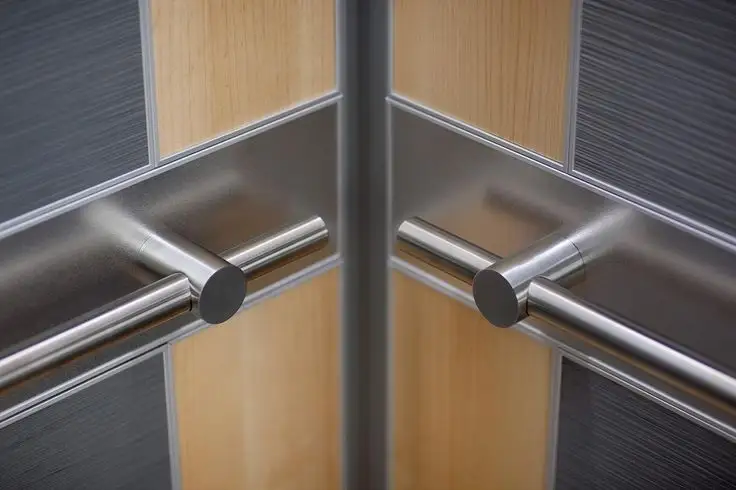What Is A Handrail In An Elevator?
The elevator handrail is a long support device installed on the wall of the elevator car, usually made of stainless steel, aluminum alloy or other strong materials.

The Benefits of Installing Handrails In Elevators
Providing Stabilizing Support
Handrails provide additional support for passengers. During the operation of elevators, passengers may feel unbalanced or unstable because of their body, especially those with limited mobility, such as the elderly, the disabled and children, and handrails can effectively help them maintain their balance.
For security
Handrails can not only provide physical support, so that passengers feel stable and balanced, but also psychologically increase the passenger’s sense of security. Especially for some passengers who are easily anxious or suffer from claustrophobia, handrails can provide a sense of security. In addition, handrails prevent passengers from leaning against the elevator wall.
Avoid Overloading
The existence of handrails will make some space for the elevator, which can effectively guide passengers to move inside the elevator, avoid crowding and collision, and improve the efficiency and comfort of the ride. It is very suitable for office buildings and shopping malls with large flow of people.
Enhance Aesthetics
Elevator handrails can add a certain degree of aesthetics to the interior of the elevator, enhance the overall decorative effect. Not only that, some high-end elevators will also use high-quality materials on the handrails to enhance the visual enjoyment of passengers.
Protecting The Elevator
Elevator car walls are usually decorated with mirrors, metals and other decorative materials, and in some cases with large multimedia screens. Installing handrails can effectively protect these interiors from being scratched or damaged by hard objects.

In elevator design and installation, we should pay attention to the installation of handrails to ensure the safety and comfort of passengers in the elevator.
